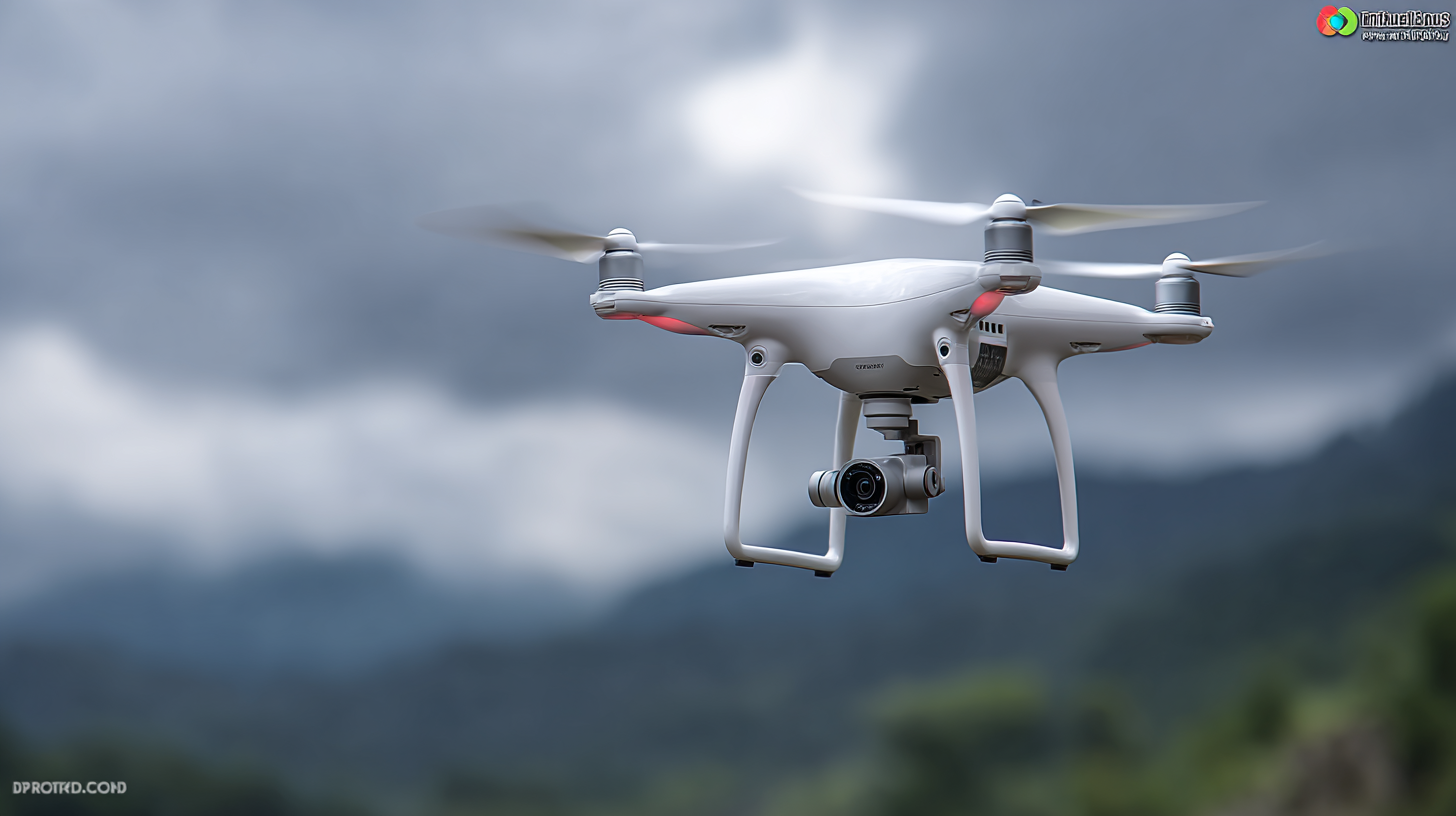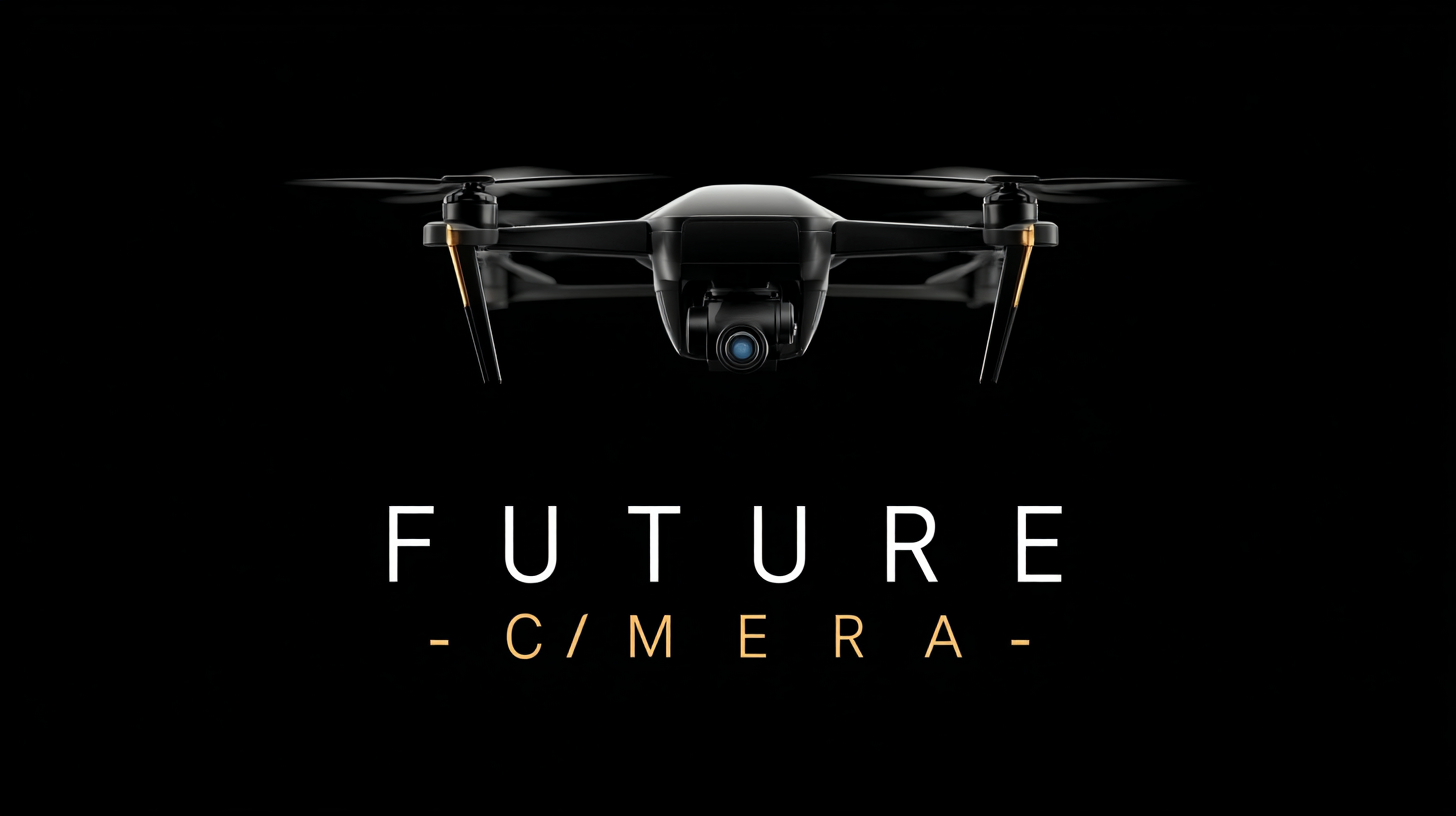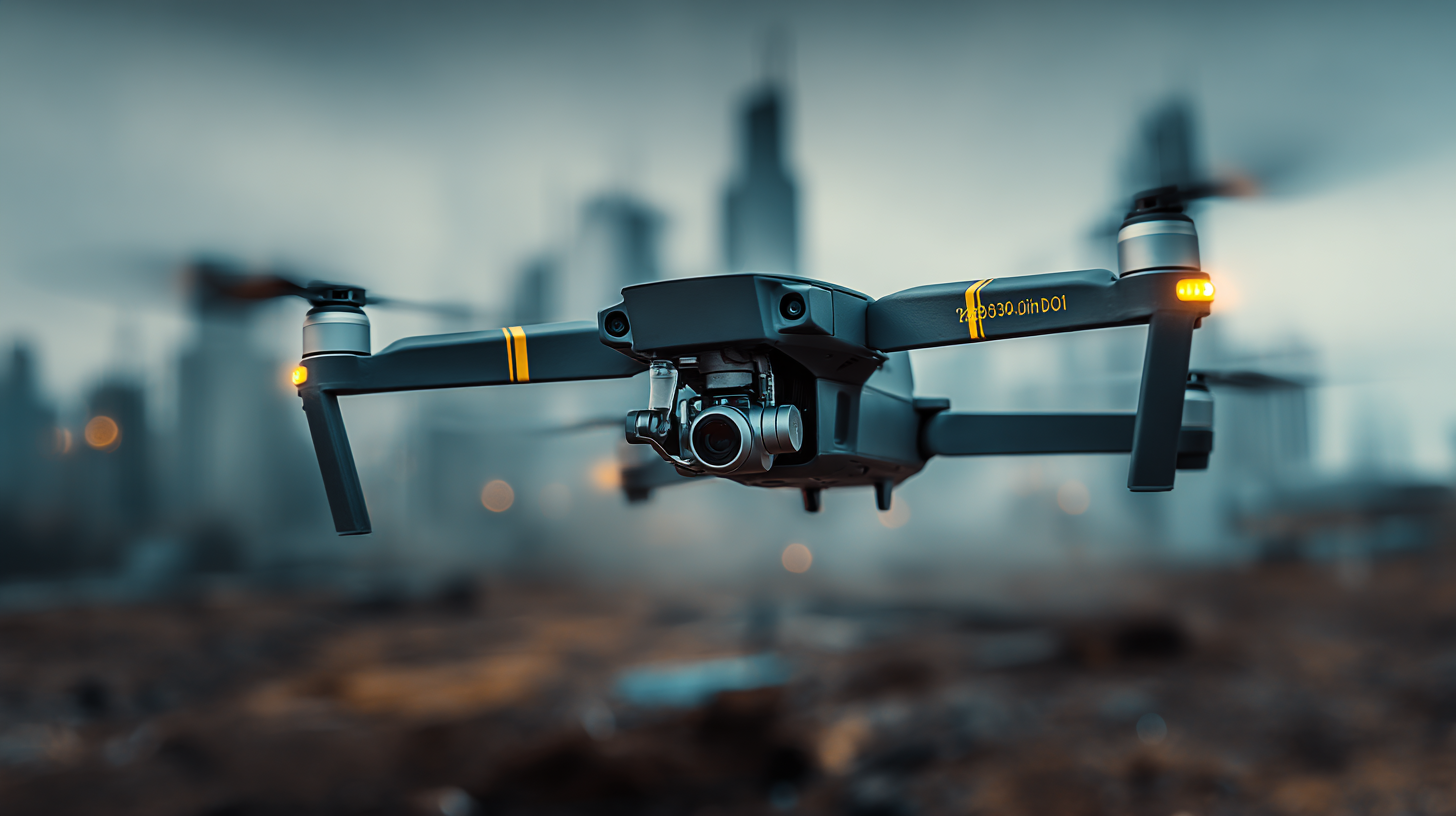Future Insights for Best Drone Com Camera in 2025 Essential Checklist for Industry Trends
 As we look toward 2025, the evolution of technology in the drone industry is set to redefine the capabilities of Drone Com Cameras. According to the latest report from the Federal Aviation Administration (FAA), the drone market is expected to exceed $43 billion by 2024, driven significantly by advancements in aerial imaging and data collection. This growth is fueled by increasing demand from sectors such as agriculture, real estate, and emergency services, where high-quality aerial imagery can enhance decision-making and operational efficiency. Furthermore, a report by Research And Markets indicates that the global drone camera market alone will witness a compound annual growth rate (CAGR) of 15% from 2021 to 2026. As these trends unfold, understanding the essential checklist for the best Drone Com Camera becomes crucial for industry professionals aiming to leverage cutting-edge technology in their operations.
As we look toward 2025, the evolution of technology in the drone industry is set to redefine the capabilities of Drone Com Cameras. According to the latest report from the Federal Aviation Administration (FAA), the drone market is expected to exceed $43 billion by 2024, driven significantly by advancements in aerial imaging and data collection. This growth is fueled by increasing demand from sectors such as agriculture, real estate, and emergency services, where high-quality aerial imagery can enhance decision-making and operational efficiency. Furthermore, a report by Research And Markets indicates that the global drone camera market alone will witness a compound annual growth rate (CAGR) of 15% from 2021 to 2026. As these trends unfold, understanding the essential checklist for the best Drone Com Camera becomes crucial for industry professionals aiming to leverage cutting-edge technology in their operations.
Key Features to Look for in Drones with Cameras by 2025
As we look ahead to 2025, the evolution of drones equipped with cameras is set to redefine various industries. According to a recent report by MarketsandMarkets, the global drone market is expected to grow from USD 14.1 billion in 2022 to USD 49.9 billion by 2025. This rapid expansion will be accompanied by heightened competition, making it essential for consumers to understand the key features to look for when choosing the best drone cameras.
One critical feature is image quality, with a trend towards higher resolution cameras. By 2025, we can expect many drones to come equipped with 4K and even 8K cameras, catering to industries such as filmmaking and agriculture. Furthermore, advancements in stabilization technology, such as gimbals that can counteract vibrations in real-time, will be pivotal for capturing smooth and stable footage. Additionally, software integration, particularly AI capabilities for automatic tracking and image recognition, will become indispensable, enhancing operational efficiency and the overall user experience.
Battery life and flight time will also be crucial considerations. Reports suggest that by 2025, we may witness drones achieving flight times exceeding 40 minutes, thanks to improvements in battery technology and energy efficiency. This extended flight duration will significantly enhance the utility of drones for tasks ranging from aerial surveying to search-and-rescue operations, positioning drones as vital tools in various sectors. As the market continues to evolve, keeping these features in mind will ensure that consumers make informed choices when investing in drone technology.
Future Insights for Drones with Cameras in 2025
Emerging Camera Technologies: What to Expect in Drone Design
The landscape of drone design is rapidly evolving, especially with emerging camera technologies that are set to redefine the industry by 2025. According to a recent report from MarketsandMarkets, the drone camera market is anticipated to reach USD 5.44 billion by 2025, driven by advancements in imaging technologies and increasing demand for aerial surveillance across various sectors. One notable trend is the integration of multispectral and hyperspectral imaging capabilities, allowing drones to capture data beyond the visible spectrum. This capability is essential for applications in agriculture, environmental monitoring, and disaster management, providing critical insights into crop health and natural resource management.
Furthermore, advancements in camera stabilization technologies, such as gimbals and electronic stabilization, are enhancing the quality of aerial footage. A study by Research and Markets indicates that the demand for drones equipped with high-definition cameras is expected to rise by over 30% in the upcoming years. This demand is fueled by sectors ranging from media and entertainment to real estate and construction, where high-quality visuals are paramount. As drones become more accessible and their camera technologies more sophisticated, industries will need to adapt to leverage these innovations, ensuring they remain competitive in a rapidly changing market.
Future Insights for Best Drone Cam Camera in 2025 Essential Checklist for Industry Trends
| Year |
Emerging Camera Technology |
Resolution (MP) |
Max Video Quality |
Weight (g) |
Battery Life (minutes) |
Key Features |
| 2025 |
AI-Enhanced Imaging |
20 MP |
8K at 60fps |
500 g |
40 |
Obstacle Avoidance, Real-Time Streaming |
| 2025 |
Thermal Imaging |
12 MP |
4K at 30fps |
600 g |
50 |
Night Vision, Live Temperature Reading |
| 2025 |
360-Degree Cameras |
16 MP |
5.7K at 30fps |
700 g |
35 |
Virtual Reality Support, Panoramic Views |
| 2025 |
Multi-Sensor Fusion |
24 MP |
6K at 30fps |
800 g |
45 |
Integrated Sensors, Advanced Data Analysis |
| 2025 |
Compact & Lightweight Systems |
16 MP |
4K at 60fps |
400 g |
60 |
Easy Portability, Quick Deployment |
Essential Drone Specifications: A Checklist for Industry Professionals
As the drone industry continues to evolve, professionals are increasingly focusing on essential specifications that enhance performance and functionality. According to a recent report by Grand View Research, the global drone market is expected to reach $41.3 billion by 2026, indicating a significant demand for advanced camera-equipped drones. When selecting a drone for commercial use in 2025, professionals must consider several key specifications including camera resolution, flight time, and payload capacity. A camera resolution of at least 4K is becoming standard, as it allows for high-quality aerial imagery essential for industries such as real estate and agriculture.
Moreover, battery technology is advancing rapidly, with lithium-sulfur batteries expected to provide flight times exceeding 60 minutes, as reported by the International Journal of Aeronautical Engineering. This advancement means industry professionals can conduct operations without frequent interruptions for battery changes, boosting productivity. The payload capacity must also be factored in, especially for applications that require additional sensors or equipment. Maintaining awareness of these essential specifications will empower professionals to make informed decisions, ensuring they remain competitive in the fast-paced drone industry.

Step-by-Step Guide to Choosing the Right Drone Camera
When it comes to choosing the right drone camera in 2025, understanding industry trends is essential. The rapidly evolving landscape of drone technology is marked by improvements in camera capabilities, battery life, and flight stability. Be aware that the integration of AI and enhanced imaging technologies is set to dominate the market. As you embark on selecting your drone camera, keep a checklist of features that align with your specific needs—whether for hobbyist photography, videography, or professional applications.
**Tips for Choosing the Right Drone Camera:**
Firstly, assess your primary use case. If you are focused on aerial photography, prioritize high-resolution cameras with excellent low-light performance. For action shots or cinematic videos, look for drones that offer 4K video capabilities and advanced stabilization features to ensure smooth footage. Secondly, consider the drone's flight time and range, as these will significantly affect your shooting experience in the field. Lastly, verify compatibility with editing software and additional tools that could enhance your photography or videography workflow.
Ultimately, navigating the future of drone cameras involves staying informed about technological advancements and understanding your own creative needs. As the industry trends shift towards greater efficiency and functionality, adapting your choices will put you ahead in the game.

Future Trends in Drone Imaging: Enhancements and Innovations for 2025
As we look ahead to 2025, the drone imaging industry is set to undergo significant enhancements and innovations, driven by evolving technology and increasing demand across various sectors. One of the most promising areas is agriculture, where the global agricultural robotics market is projected to soar from $8.13 billion in 2025 to $26.35 billion by 2032, reflecting a remarkable compound annual growth rate of 18.3%. This trend highlights the growing reliance on drones equipped with advanced imaging capabilities to conduct crop monitoring, pest detection, and precision farming.
In addition to agriculture, another area poised for transformation is road inspection. As transportation infrastructure continues to expand and smart technologies evolve rapidly, the shift from conventional manual inspection methods to sophisticated automated processes is becoming a reality. Drones equipped with high-definition cameras can significantly enhance the efficiency and accuracy of road inspections, ensuring safety and facilitating quick responses to potential issues.
Tip: When considering drone options for imaging, look for models that offer high-resolution cameras, real-time data transmission, and advanced obstacle detection features to maximize operational efficiency and safety. Keeping abreast of the latest technological advancements will allow users to select drones that best meet industry demands and improve productivity in their respective fields.